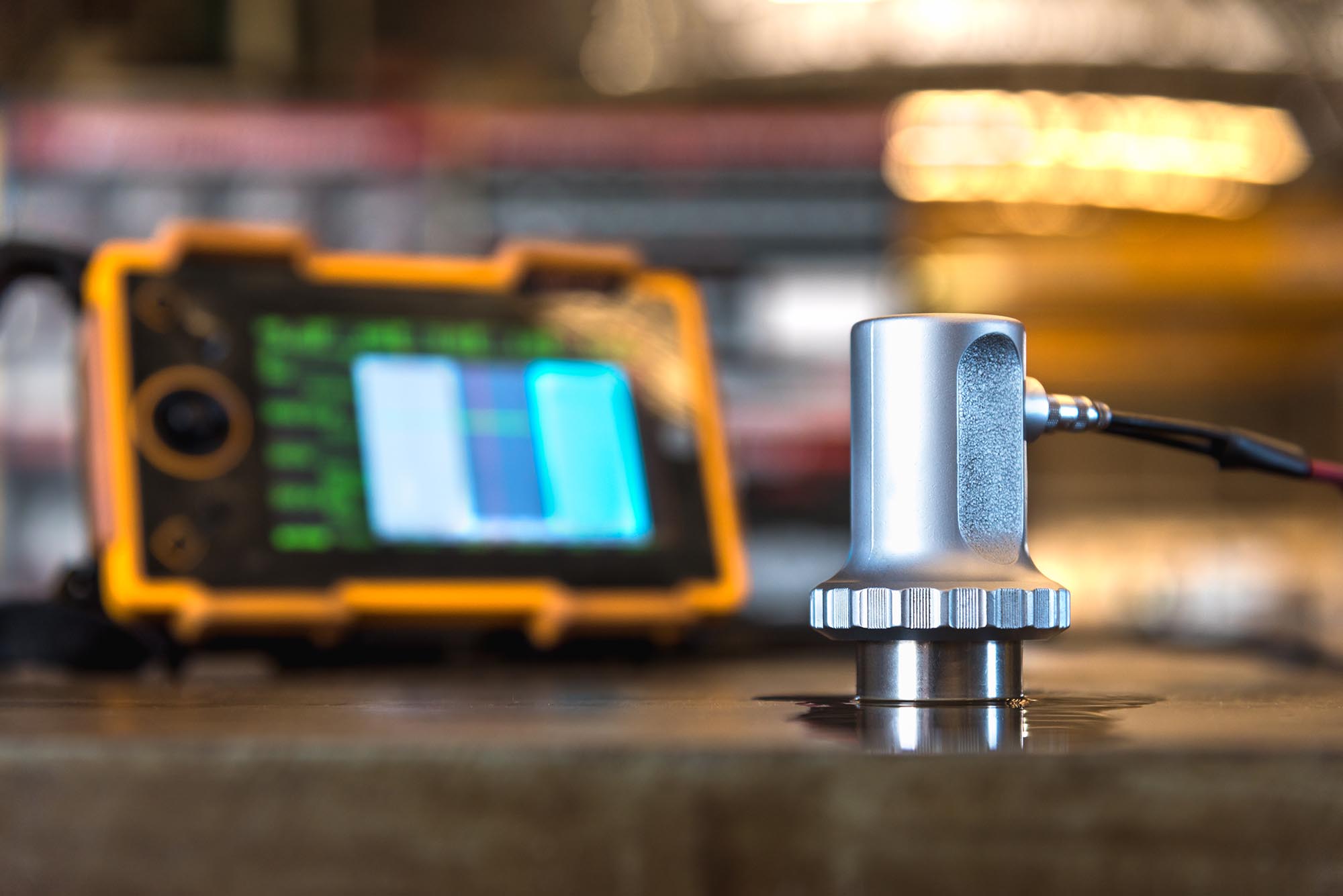Non-Destructive Testing Inspections
The goal of NDT is to ensure that critical infrastructure is properly maintained in order to avoid catastrophic accidents.
Top reasons why NDT is used by so many companies:
Savings, Safety, Efficiency, Accuracy
Most Common NDT methods:
Visual, Ultrasonic Thickness, Radiography, Eddy Current, Magnetic Particle, Acoustic Emission, Dye Penetrant, Leak Testing
Ultrasonic Thickness testing
Is used to determine the remaining thickness and therefore the integrity of steel, aluminium and general metal vessels, plates and pipe work. Also plastics, glass, rubber.
Whilst the process is non-destructive, physical contact with the surface is required. These reading can be used for trending over time or compared against set standards to identify remaining life or wear rates within the system.
We can measure the thickness of a paint coating. Also trough a coating, no need of scratching of the paint.
Radiography
Radiography Non-Destructive Testing is the act of using gamma- or X-radiation on materials to identify imperfections.
Radiography Testing directs radiation from a radioactive isotope or an X-ray generator through the material being tested and onto a film or some other kind of detector. The readings from the detector create a shadowgraph, which reveals the underlying aspects of the inspected material.
Radiography Testing can uncover aspects of a material that can be hard to detect with the naked eye, such as alterations to its density.
Eddy Current
Eddy Current Non-Destructive Testing is a type of electromagnetic testing that uses measurements of the strength of electrical currents (also called eddy currents) in a magnetic field surrounding a material in order to make determinations about the material, which may include the locations of defects.
Magnetic Particle
To use Magnetic Particle Inspection, we first induce a magnetic field in a material that is highly susceptible to magnetization. After inducing the magnetic field, the surface of the material is then covered with iron particles, which reveal disruptions in the flow of the magnetic field. These disruptions create visual indicators for the locations of imperfections within the material.
Dye Penetrant
To conduct a Penetrant Test we will first coat the material being tested with a solution that contains a visible or fluorescent dye. Then remove any extra solution from the material’s surface while leaving the solution in defects that “break” the material’s surface.
After this, we use a developer to draw the solution out of the defects, then use ultraviolet light to reveal imperfections (for fluorescent dyes). For regular dyes, the color shows in the contrast between the penetrant and the developer.
Welding NDT
Welds are one of the most common parts of industrial assets being tested. Using non-destructive weld testing equipment, inspectors can determine whether a weld is strong or has potential defects that could compromise its integrity.
The goal of using NDT for welding is to identify defects on the surface or within the weld that could cause the weld to deteriorate or fail.
If a weld fails, the consequences can be very serious, since welds are often crucial for the integrity of large industrial assets, like boilers or pressure vessels.
Get in touch with Vermeer Reliability if you are interested in NDT inspections. We can discuss the subject for your company and arrange a no-obligation site-visit and consultation.
